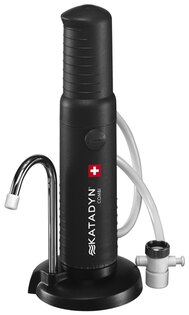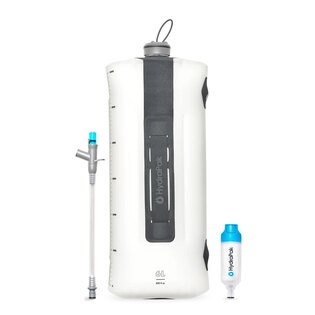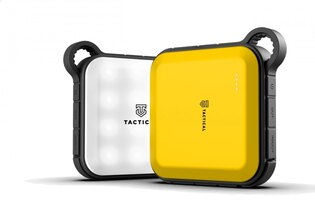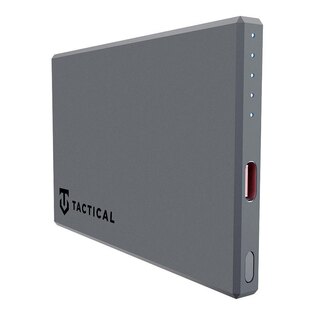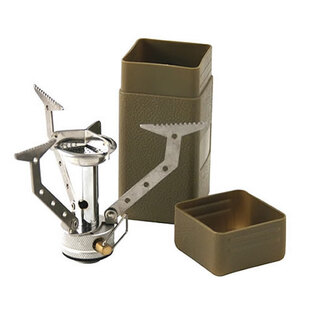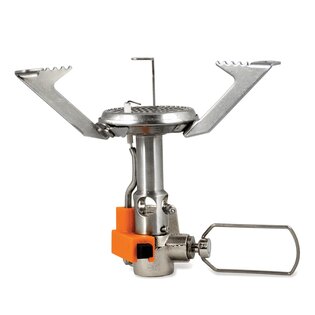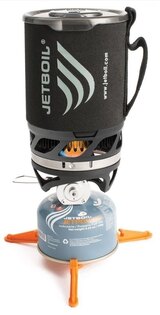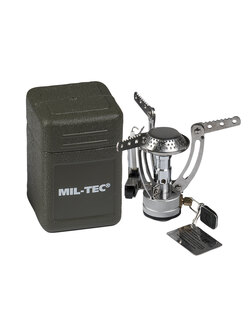72 Hours: How to Handle Specific Emergency Scenarios
Blackouts, water outages, cyberattacks, or evacuations—crises rarely come with warning. But with the right mindset and a bit of preparation, you can stay calm and in control. In this fifth part of our 72 Hours of Self-Reliance series, we focus on practical responses to real scenarios, helping you stay safe, informed, and resilient.
This guide builds on previous parts of the series and shows how to apply your prepared supplies in actual emergencies. Because when a crisis hits, there’s no time to Google solutions—it’s time to act.
🎯 Scenario 1: Power Outage
A power outage can happen anytime. When it does, you lose lights, heat, connectivity, and in many cases, the ability to cook. While most blackouts are short-lived, being ready makes a huge difference if they last longer.
First steps:
- Check your fuse box—make sure it’s not just a tripped circuit.
- Minimize fridge and freezer openings to preserve cold air.
- Use a headlamp or lantern; conserve your phone battery.
- Note the time the outage began—it helps plan food and battery usage.
- Observe if neighbors are affected too, or just your home.
- Check in with neighbors—quick coordination helps, and someone may need help.
- Test what works and what doesn’t (lights, stove, Wi-Fi, etc.).
How to conserve power:
- Put phones in airplane mode, limit use, and only recharge when necessary.
- Use power banks sparingly.
- Light just one room with indirect light (lanterns are best).
🔌 Recommended Equipment for a Power Outage
- Lantern or headlamp (ideally both)
- Power bank and charged phone
- Warm clothing, blankets, sleeping bag
- Gas stove or self-heating equipment
- Battery-operated radio or with a dynamo
- Apps: Mobilní Rozhlas, Záchranka

Information without signal? Offline notes and backup contacts are invaluable.
🎯 Scenario 2: Water Outage
Losing water disrupts everything—drinking, cooking, hygiene. Sometimes pressure drops; sometimes water stops altogether or becomes non-potable. Having a supply is important, but knowing how to ration it is just as vital.
First steps:
- Check for planned shutdowns or reported outages (local news, neighbors).
- If water is still flowing, fill every container you can—pots, bottles, thermoses.
- Secure 3 liters per person per day for drinking alone.
- Note when the outage started—this helps you manage usage wisely.
How to manage your supply:
- Separate drinking water from hygiene water.
- Use hand sanitizer, wet wipes, or canister-poured water instead of running taps.
- Practice “dry hygiene” where possible—wipes, DIY toilet setups (bucket + liner).
- Always boil, filter, or treat water from unknown sources before use.
- Supply of drinking water (min. 3 liters/person/day)
- Cans or PET bottles for refilling
- Filtration bottle or water purification tablets
- Wet wipes, disinfectant gel
- Supply of toilet paper
🎯 Scenario 3: Cyberattack or Digital Outage
Cyberattacks or digital outages can affect both daily life and critical infrastructure. You may lose access to the internet, banking services, payment systems, or even mobile apps. When basic services go offline, it’s key to have analog backups and a clear offline plan.
What can go wrong:
- Internet or home network goes down.
- ATMs and card readers stop working.
- Online payments, emails, and shopping are unavailable.
- Outages can stem from technical issues or deliberate attacks on infrastructure.
What to do:
- Keep cash in small denominations, stored in multiple places.
- Store important passwords and data offline (on paper or securely encrypted).
- Never reuse passwords across accounts. Enable two-factor authentication where possible.
- Have backup login methods not tied to one device.
- Avoid opening suspicious emails or installing unknown apps.
- Don’t spread unverified information—stick to reliable sources.
Securing your home network:
- Change your router’s default password.
- Regularly update firmware.
- Avoid connecting unknown devices to your Wi-Fi.
💻 What to Have During a Digital Outage
- Cash for several days
- Backed-up data (flash drive, paper)
- Paper list of important contacts
- Offline source of information (radio, saved PDF)
- Secured and updated router
🎯 Scenario 4: Unrest or Restricted Movement
Situations like protests, states of emergency, police actions, or transit disruptions can limit your ability to move around safely. Even if temporary, these events can pose a real threat to your well-being and everyday life.
When to stay home:
- If unrest, law enforcement activity, or general danger is present outside.
- Cover windows, reduce visibility from the street.
- Stay informed, but don’t go out unless absolutely necessary.
How to stay informed:
- Stay calm—focus on what you can control (we covered mental resilience in Part 1).
- Follow official updates from local authorities, emergency services, and police.
- Use a battery-powered radio or apps that show saved notifications without a network connection. Offline apps like Mobilní Rozhlas (Munipolis) or Záchranka can still provide stored alerts.
- Avoid spreading rumors—panic makes things worse.
When to evacuate:
- If authorities issue an evacuation order.
- If there is immediate danger (fire, structural damage, escalating violence).
🛡️ What to have during movement restrictions or unrest
- Evacuation backpack (ready to go)
- Food, water, hygiene supplies
- Communication devices, radio
- Copies of documents, cash
- Access to verified information

Preparedness is crucial in a crisis situation. Backpack packed, car at the ready.
🎯 Scenario 5: Hazardous Event (e.g., Radiation or Chemical Threat)
Events like chemical leaks or radiation threats are rare but serious. In such cases, the best practice is often “shelter-in-place”—stay indoors, seal your environment, and avoid contact with the outside air.
When to shelter-in-place:
- If advised by emergency services or first responders.
- In case of local explosions, leaks, or contamination risks.
- Upon hearing warning sirens or official alerts.
What to do:
- Seal windows and doors. Turn off ventilation, AC, and fans.
- Use duct tape, damp towels, or plastic sheeting to seal cracks and vents.
- Move to a pre-designated room with minimal windows and a tight seal. Decide this in advance so everyone knows where to go.
- Have food, water, lighting, and a way to monitor news at hand.
How to stay informed:
- Use a battery-powered radio or apps with cached emergency alerts (Mobilní Rozhlas, etc.).
- Rely on official sources—emergency services, local government, public broadcasters.
- Avoid panic-inducing social media posts or unverified forums. After the danger passes, ventilate the space thoroughly and check if it’s safe to go outside.
☢️ Shelter-in-Place Equipment
- Drinking water for 2–3 days
- Food without cooking needs
- Flashlight, batteries, radio
- Hygiene supplies, soap, wipes
- Respirator or face masks
- Items for children – plush toy, book

Evacuation backpack with minimal equipment necessary for a quick departure from the city. Preparedness ensures mobility even in crisis situations.
Conclusion: You Don’t Need to Predict Every Scenario—Just Know How to Respond
Emergencies come without warning, but their patterns are often similar. You don’t need to know exactly what’s coming—just be prepared to respond calmly and clearly to most situations.
This final guide in the 72 Hours of Self-Reliance series offers a no-nonsense approach to real-world crisis response. No theory—just action, based on what actually happens.
The core principle is simple:
🟢 Have the gear.
🟢 Have the plan.
🟢 Stay calm.
Everything else, you’ll adapt to the situation.
📚 Series: 72 Hours of Self-sufficiency
-
Part 1:
Why We Must Be Prepared
Introduction to 72-hour self-sufficiency. What can happen and why it makes sense to be prepared. -
Part 2:
Food and Water
What foods and how much water to have at home. Practical guide and recommended products. -
Part 3:
Home Equipment and Hygiene
How to survive a power outage: light, heat, cooking, and basic health care. -
Part 4:
Evacuation Backpack and Checklist
What to pack when you need to leave home in a few minutes. Complete list and recommendations. -
Part 5:
Response to Crisis Situations
How to react to power outages, water shortages, unrest, or cyber attacks. Practical scenarios and recommendations.
Readers are further interested





























































































































